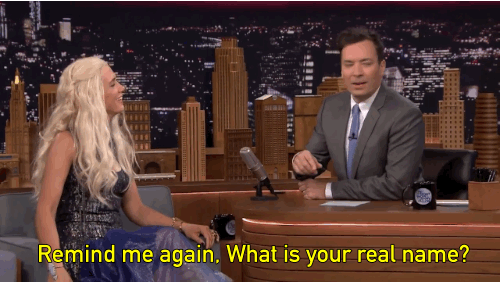Happy New Year!
I hope everyone got in some good reading time over the Christmas holidays. Sneaking in some time for a few pages of a good book is how I de-stress in the midst of multiple big holiday gatherings.
Finding more time to read is one of my goals for 2016 and to that end I am I taking part in a 50 Book Challenge. I spent some of my December putting together a list.
I have already organized which books I will read in each month (though not in any particular order) so that could build in reading breaks between heavy subjects or longer reads and will be able to prepare for what is coming up. Also, I primarily use the library to get books and, as good as the Toronto Public Library is at having a lot of copies of in-demand books, I didn’t want to have to worry about my holds coming in on time, so I don’t have any new fiction coming out in 2016 on my list.
With so many great books from so many lists and recommendations I had to narrow my choices. Here are some of the deciding considerations I used to make my list of 50 books.
A lot of my choices came in groups of six to help get me going without overwhelming me if I didn’t take to any particular group.
- David Adams Richards: I love his writing and want to get through more of his work but the stories are not easy reads in content or style so I wanted to space them out every other month.
- Non-fiction: I am challenging myself to read more non-fiction since I so rarely pick any up
- Young adult: To balance out the non-fiction, I found six interesting young adult books to read. I don’t really read YA, but so much great work is coming out of this group that I didn’t want keep missing out.
- Canadian: Even with Richards on my list, I added six additional Canadian writers to bring my country home
- TBR: I have books on my shelf that I have never read, so six of them got added for this challenge
The rest are all a mix of books I found just in looking for this list, rereads of old favourites, and recommendations from one friend or online list or another. I’m really looking forward to tackling this project and sharing all my reads with you.
Let me know what you think of my list, if there are any books you loved (or hated) on there, and if you’re taking part in any reading challenges this year.
Happy reading!

Sword in the Stone
50 Book Challenge 2016
January
Road to the Stilt House by David Adams Richards
Sacred Hearts by Sarah Dunant
The Sibyl by Par Lagervist
Getting Things Done by David Allen
February
Searching for Sunday by Rachel Held Evans
The Shadow of the Wind by Carlos Ruiz Zafon
Lives of Girls and Women by Alice Munro
Frankenstein by Mary Wollstonecraft Shelley
March
Nights Below Station St. by David Adams Richards
Looking for Alaska by John Greene
An Orange From Portugal Editor Anne Simpson
The Book of Forgiving by Desmond Tutu
The Dark Endeavour by Kenneth Oppel
April
Why Not Me? by Mindy Kaling
The Feast of Roses by Indu Sundarsan
Eleanor & Park by Rainbow Rowell
The Devil You Know by Elisabeth de Mariaffi
May
Evening Snow Will Bring Such Peace by David Adams Richards
The Last Great Dance on Earth by Sandra Gulland
Cosmopolis by Don Delillo
The Hours Count by Jillian Canter
June
Modern Romance by Aziz Ansari
After Alice by Gregory Maguire
Wuthering Heights by Emily Bronte
Mechanica by Betsy Cornwell
Scary Close by Donald Miller
July
For Those Who Hunt the Wounded Down by David Adams Richards
All My Puny Sorrows by Miriam Toews
All the Rage by Courtney Summers
Did You Ever Have A Family by Bill Clegg
August
60 by Ian Brown
The Imperialist by Sarah Jeanette Duncan
The Hours by Michael Cunningham
Artic Summer by Damon Galgut
September
Hope in the Desperate Hour by David Adams Richards
Portrait of a Lady by Henry James
This Can’t be Happening at MacDonald High by Gordon Korman
Fates and Furies by Lauren Groff
October
An Inconvenient Indian by Tom King
Purple Hibiscus by Chimamanda Adichie
Between the World and Me by Ta-Nehisi Coates
The Buried Giant by Kazuo Ishiguro
November
The Bay of Love & Sorrows by David Adams Richards
Wolf Hall by Hillary Mantel
Station Eleven by Emily St. John Mandel
What We All Long For by Dionne Brand
December
Mercy Among the Children by David Adams Richards
Outline by Rachel Cusk
The Book of Speculation by Erika Swyler
All I Need is Love by Klaus Kinski







